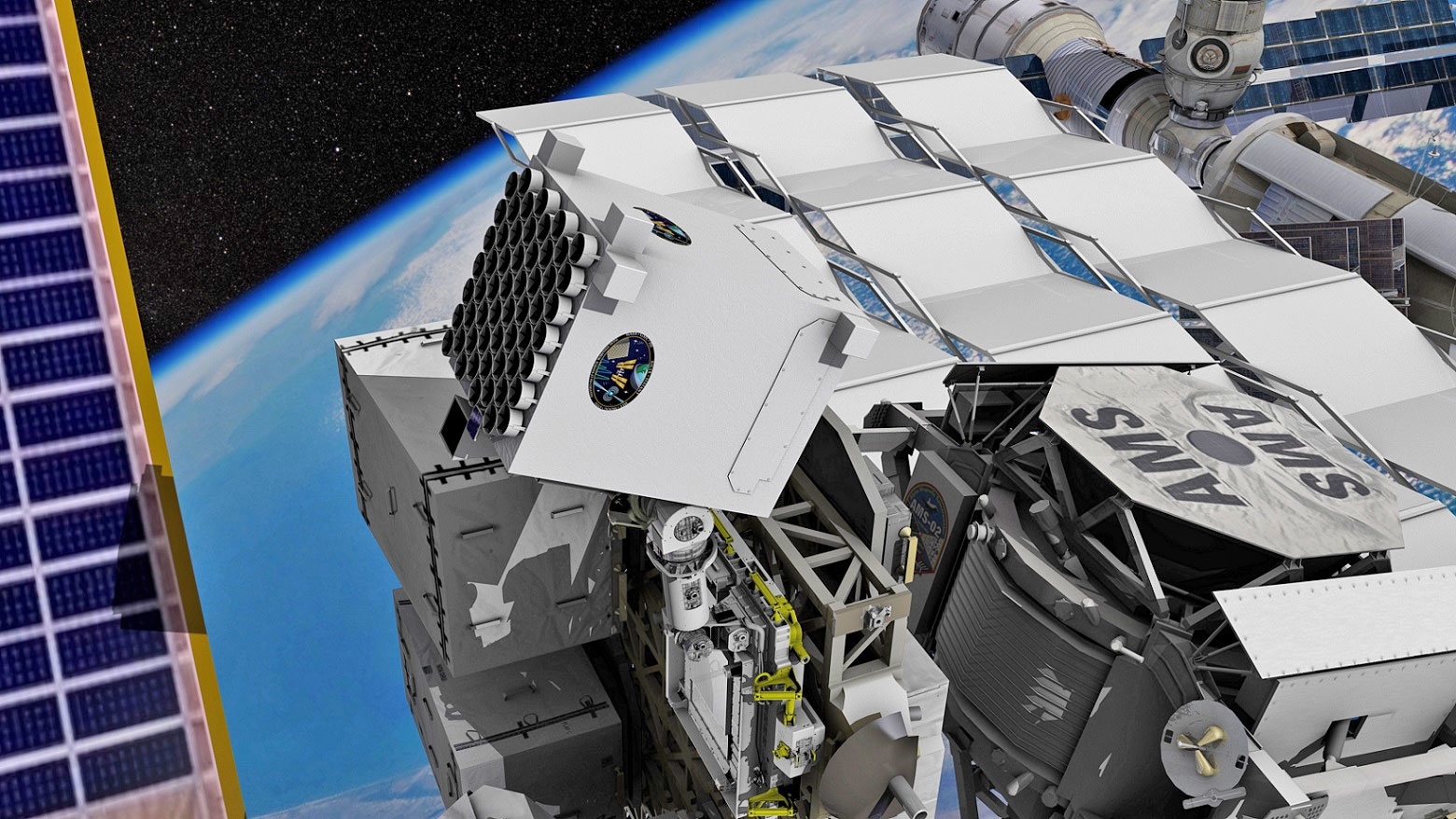X-rays aren’t just for investigating artworks or photographing black holes. NASA scientists just used them to demonstrate a new technique: Navigating the stars. In an experiment, equipment mounted on the International Space Station measured radiation beamed out from distant neutron stars in millisecond pulses — and by timing their arrival, future spacecraft could find their location from deep space.
(42)

